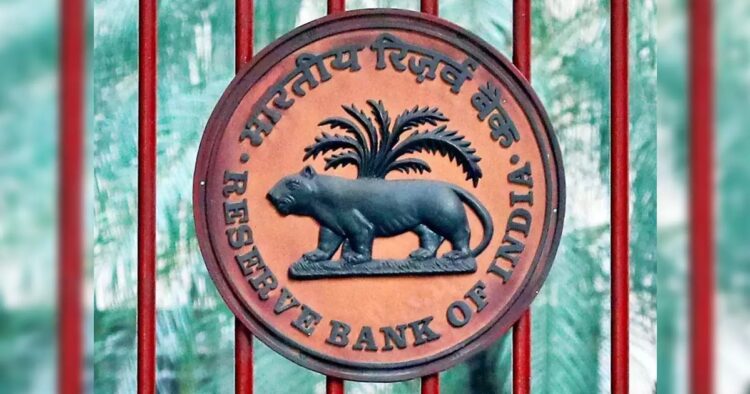The Reserve Bank of India (RBI) has taken significant steps to ensure the stability and efficiency of capital markets by issuing new directives to banks. These directives address the changing settlement cycle introduced by stock exchanges, transitioning from a T+2 to a T+1 rolling settlement for equities.
Responding to these changes, the RBI has reviewed and updated existing guidelines regarding banks’ exposure to the capital markets. One key area of focus is the issuance of Irrevocable Payment Commitments (IPCs) by custodian banks. These commitments are crucial in facilitating smooth settlements of transactions.
Under the new guidelines, custodian banks issuing IPCs must include a clause in their agreements with clients, granting the banks an inalienable right over the securities involved in any settlement.
However, this clause is not necessary for pre-funded transactions where sufficient funds are available.
To manage risk effectively, custodian banks are now subject to a maximum intraday risk cap of 30 percent of the settlement amount. This calculation considers potential price movements of equities on T+1, with additional margins to account for further downward shifts.
In cases where margins are required, banks have options for payment. They can either pay in cash, which reduces exposure by the amount paid, or with permitted securities to Mutual Funds/Foreign Portfolio Investors, adjusted for prescribed haircuts by the Exchange.
Moreover, banks must ensure that any outstanding exposures at the end of T+1 are adequately capitalized according to the RBI’s Master Circular on Basel III Capital Regulations. This requirement aims to strengthen the financial resilience of banks in the face of market uncertainties.
In addition, the RBI emphasizes that banks’ underlying exposures to counterparties, stemming from intraday Capital Market Exposure (CME), will be subject to limits prescribed under the Large Exposure Framework.
Importantly, while these directives are effective immediately, it’s crucial to note that the instructions for the T+2 settlement cycle remain unchanged. Banks are expected to swiftly adapt their operations to comply with the revised guidelines, promoting prudent risk management practices in the capital markets.
The RBI’s latest directives underscore its commitment to fostering a robust and resilient banking sector amidst evolving market dynamics. By aligning regulations with the changing landscape of capital markets, the RBI goals to safeguard financial stability and promote confidence among market participants.

















Comments